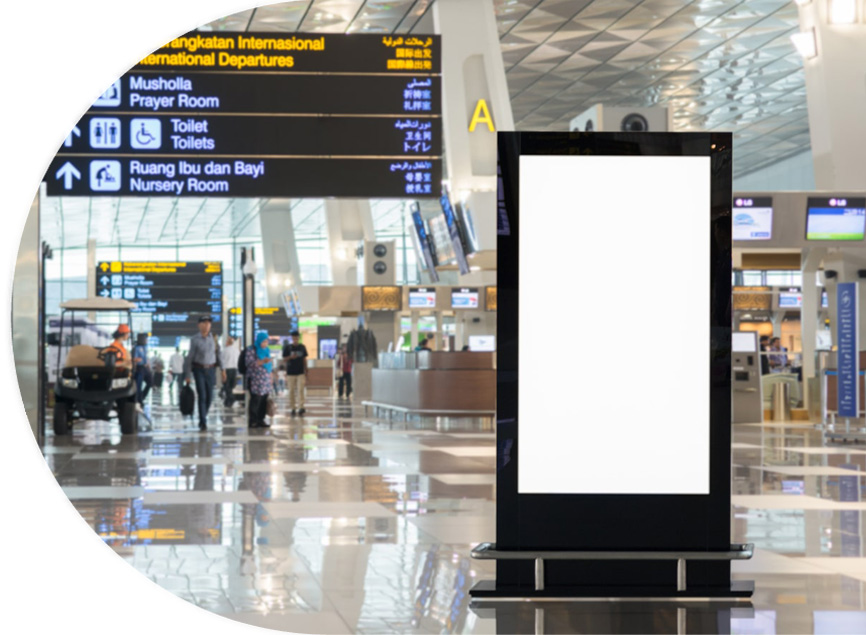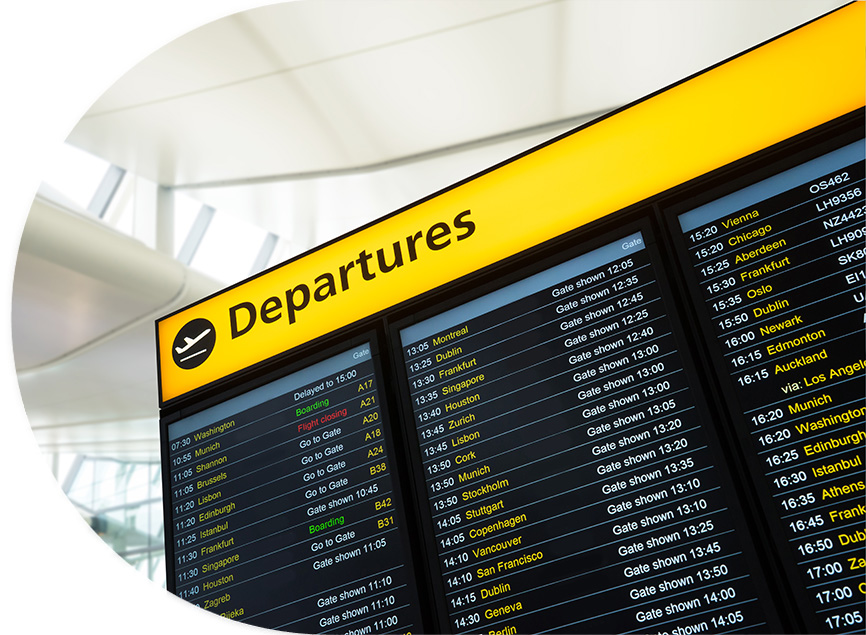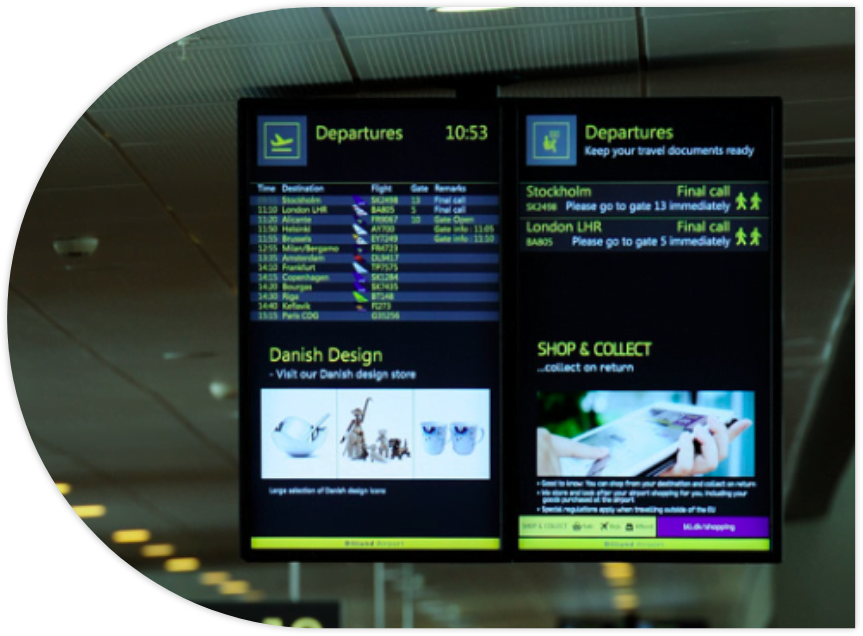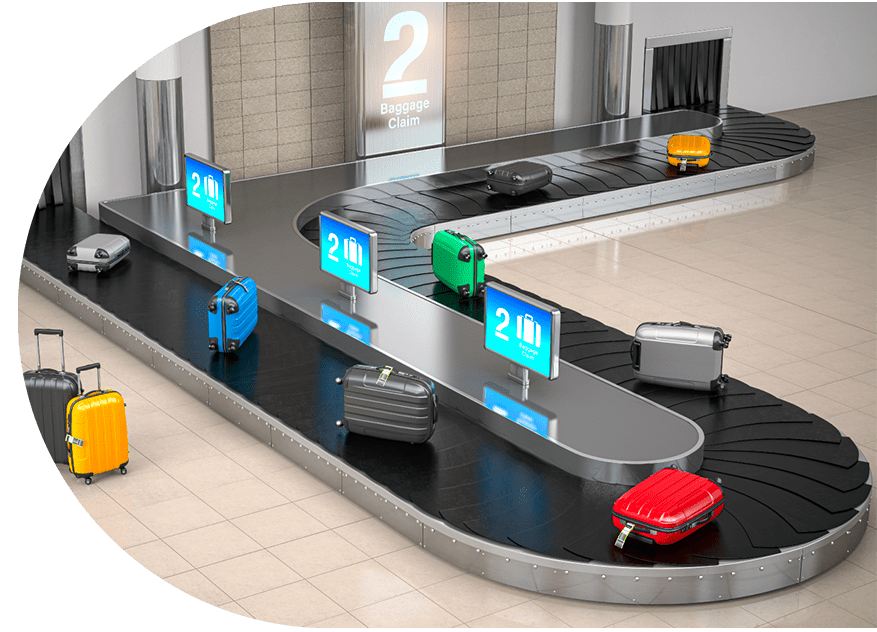
The Pivotal Role of Digital Airport Flight Information Display Systems in Streamlining Operations
The world of aviation is a mix of precision, efficiency, and constant movement. It’s like a celestial city of travelers and their journeys, with each flight bearing its own unique code to an international destination. But behind the scenes lie crucial operations that keep everything running smoothly in the air and on the ground. And one major player in this complex system is the airport flight information display system – or FIDS for short. These digital screens are not just mere displays of flight numbers, departure and arrival times, and gate information; they are powerful tools that ensure accurate and up-to-date information for passengers, pilots, and airline management alike. Let’s take a closer look at how these systems enhance aerial gateways in more detail.
Crucial Role of Display Systems
Airport Flight Information Display Systems (FIDS) are vital for providing passengers with real-time data about their flights, including gate numbers and baggage claim details. These systems not only guide passengers efficiently but also enhance the overall airport experience by keeping them informed.

The Evolutionary Path
Over the years, FIDS have evolved from simple static boards to advanced digital screens capable of displaying dynamic content. This evolution has been driven by technological advancements in digital signage and networked systems, enabling airports to offer up-to-date information and tailored content.

Core Components
The key components of an effective FIDS include digital displays, a central management software that pulls data from the airport’s operational database, and integration with various airport operational tools. Together, these elements ensure the delivery of accurate and timely information to passengers.

Maximizing Benefits Through Flight Information Displays
Boosting Passenger Satisfaction
By offering real-time updates on flight status, delays, and gate changes, FIDS play a pivotal role in enhancing passenger satisfaction. The certainty and foresight provided significantly improve the travel experience, reducing stress among travelers.
Operational Efficiency at Its Best
FIDS contribute significantly to the smooth operation of airport logistics. By automating information dissemination, they reduce the need for manual updates and minimize human error, thus improving the overall efficiency of airport operations.
Precision and Timeliness
The provision of precise and timely information is critical in maintaining an effective flow within airports. FIDS ensure that all stakeholders, from passengers to pilots and airline crews, have access to reliable data essential for decision-making processes.
Interested in PADS4 Platform ?
Navigating Future Developments in Digital Displays
Digital Signage Meets Entertainment
The future of FIDS looks promising with the integration of infotainment systems. These platforms not only display flight information but also provide news feeds, weather updates, and other entertainment options, making waiting times more enjoyable for passengers.


Leveraging Cutting-Edge Technology
The adoption of technologies like AI and IoT is set to revolutionize FIDS by enabling smarter predictions of flight delays based on weather conditions or traffic patterns. This can further refine the accuracy and relevance of information displayed.
Innovative Solutions for Enhanced Security
New developments are also focusing on integrating security features into FIDS. Advanced algorithms are being explored to detect unusual patterns or emergencies and alert relevant authorities swiftly through connected display networks.

What are the key benefits of Airport Flight Information Display Systems (FIDS)?
FIDS offer a multitude of advantages for passengers, airports, and airline operations. For passengers, they provide real-time information on flight status, reducing stress and improving the overall travel experience. Airports benefit from enhanced operational efficiency, streamlined passenger flow, and reduced manual tasks. Airline management gains access to accurate and timely data for better decision-making.

How have FIDS evolved over time?
FIDS have undergone a remarkable transformation from simple static boards to sophisticated digital displays. Early systems displayed basic flight information, while modern FIDS showcase dynamic content, integrate with various airport systems, and offer personalized information to passengers.

What are the core components of an effective FIDS?
An effective FIDS comprises three key elements:
- Digital displays: High-resolution screens ensure clear visibility of flight information.
- Centralized management software: This software serves as the system’s brain, pulling data from the airport’s database.
- Integration with airport operational tools: Seamless integration ensures a consistent flow of information across the airport ecosystem.

How do FIDS contribute to enhanced security at airports?
FIDS are incorporating innovative security features to elevate airport safety. Advanced algorithms detect unusual patterns or potential threats, triggering discreet alerts to security personnel. Biometric identification can be integrated for access control and baggage management. During emergencies, FIDS display clear evacuation instructions and multilingual alerts.

What does the future hold for FIDS?
The future of FIDS is brimming with exciting possibilities. The integration of infotainment systems will enhance passenger waiting experiences. AI and IoT will enable smarter predictions and real-time data analysis. Cybersecurity measures will continue to strengthen to protect sensitive information. FIDS are poised to become even more indispensable in modern airport operations.

Can I personalize the information displayed on FIDS?
While not yet widespread, some FIDS are exploring personalized information options. Imagine seeing only the flights for your airline or destination, or even receiving targeted updates on gate changes or baggage claim.

